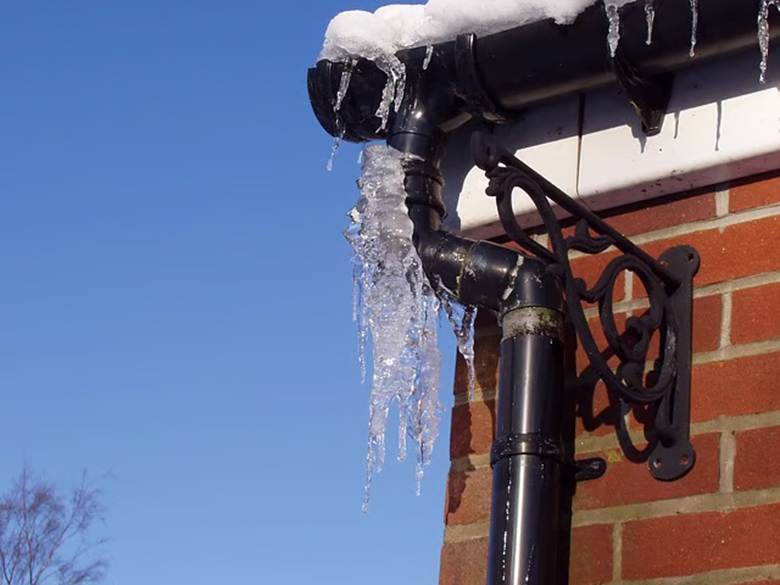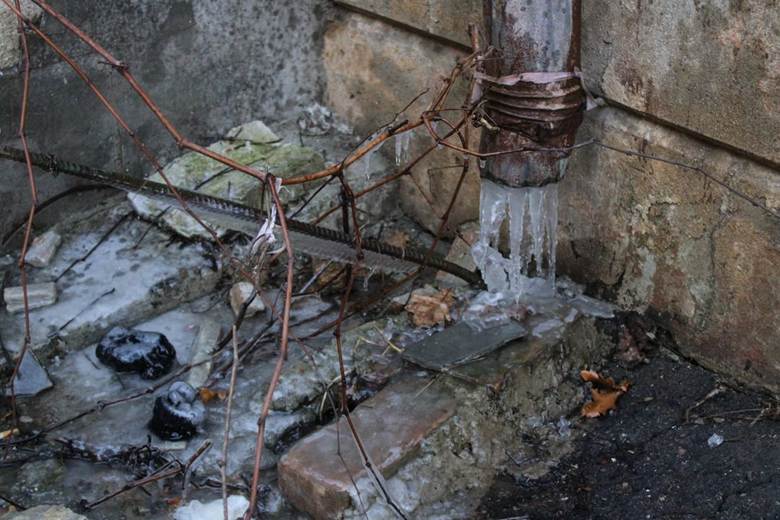
When temperatures plummet, homeowners face a silent but costly threat: frozen pipes. At first, it may seem like a minor inconvenience if water stops flowing. But what’s hidden behind walls or beneath floors can quickly escalate into extensive water damage, structural problems, and expensive repairs. Cold snaps can cause pipes to freeze without warning, and when they thaw, the built-up pressure often leads to bursting. Understanding how this happens, the risks involved, and what you can do to protect your home is crucial for both safety and financial stability.
Why Frozen Pipes Are So Dangerous
Frozen pipes are more than just a plumbing issue. When water inside a pipe turns to ice, it expands, putting intense pressure on the pipe walls. This pressure can cause cracks or ruptures, even in metal pipes that might seem strong. The real problem begins when the ice melts. The rushing water escapes through any openings, often flooding areas before you even realize there’s an issue.
Water from a burst pipe can destroy insulation, warp flooring, ruin drywall, and create the perfect conditions for mold growth. In multi-level homes, leaks can seep down into lower floors, spreading the damage. Even small cracks can cause hundreds of gallons of water to leak in a single day.
The Common Causes of Pipe Freezing
Not all pipes are equally at risk. The most vulnerable are those in unheated spaces, such as basements, crawl spaces, attics, and garages. Pipes running along exterior walls, especially those without adequate insulation, are frequent trouble spots. Cold drafts from gaps in windows or doors can also chill nearby pipes to the freezing point.
A sudden drop in temperature can quickly turn standing water into ice. When wind chill factors are severe, the process speeds up. Homes with poor insulation or outdated heating systems are particularly susceptible, but even newer houses can face problems if certain sections of plumbing aren’t well protected.
The Chain Reaction of Damage
The sequence of events leading to a burst pipe is often swift and destructive. First, the water freezes, blocking flow and building internal pressure. Then, as the temperature rises, the thawed water seeks a way out. Any small weakness in the pipe can split open, allowing water to pour out at high volume.
What makes this so challenging for homeowners is that the burst might occur far from where the ice blockage actually formed. You might see water damage on your living room ceiling, even though the problem began in an attic pipe. This delay in identifying the source can make repairs more complex and costly.
Make sure your garage door is secure or contact a company for Garage door repair in Cypress, TX or Garage door repair in Houston, TX for help to repair.
Early Warning Signs to Watch For
While frozen pipes can happen quickly, there are warning signs you can catch if you stay alert. Reduced water flow or a complete lack of running water in a faucet may indicate a blockage. Frost visible on exposed pipes is another telltale sign. Unusual smells from drains or faucets can result from ice blocking the pipe and forcing odors back up.
Listening for strange sounds can help as well. Bubbling, whistling, or banging noises in the plumbing system may signal trapped air and ice moving within the lines. Recognizing these red flags early allows you to act before a full rupture occurs.
How to Protect Your Home and Prevent Frozen Pipes
The best defense against this problem is preparation. Insulating pipes in vulnerable areas is one of the most effective measures. Foam insulation sleeves or heat tape can keep temperatures around the pipes above freezing. Sealing cracks and gaps in walls, windows, and foundations will block cold air from entering.
In regions prone to severe winter weather, it’s wise to maintain a steady indoor temperature day and night. Letting faucets drip slightly during extreme cold can keep water moving, making it harder to freeze. For homeowners unfamiliar with plumbing winterization, professional guidance on how to prevent frozen pipes can ensure every potential weak point is addressed. Taking these steps proactively saves both stress and money.
Working with a plumber to identify high-risk areas can also make a big difference. They can suggest additional strategies, such as installing a hot water recirculation system or adding heating elements in particularly exposed sections of the home.
What to Do If Pipes Freeze
If you suspect a pipe has frozen, turn off the main water supply immediately. This minimizes the risk of flooding when the ice thaws. Next, open faucets to allow pressure to escape as you work to warm the frozen section. Applying gentle heat with a hair dryer or heating pad can safely thaw the pipe. Avoid open flames, as these can cause fires or damage the pipe material.
If you can’t locate the frozen section or reach it safely, calling a licensed plumber is the best option. They have the tools and expertise to thaw pipes without causing further harm. Delaying professional help can increase the risk of the pipe bursting unexpectedly.
The Role of Home Insurance in Frozen Pipe Claims
Most homeowners’ insurance policies cover sudden and accidental water damage from burst pipes, but there are conditions. If the insurer determines that you neglected proper maintenance or failed to keep the home heated, they may deny the claim. Documenting preventive steps, such as regular inspections or winterizing efforts, can strengthen your case if you need to file.
Insurance typically won’t cover the cost to repair the actual pipe itself, focusing instead on fixing the resulting damage to the home. That’s why combining prevention with an understanding of your policy terms is vital for financial protection.
Long-Term Strategies for Cold-Climate Homes
In colder regions, frozen pipe prevention should be part of an ongoing home maintenance plan. Adding insulation to walls and attics, upgrading windows and doors, and installing more efficient heating systems reduce the likelihood of problems. For vacation homes or properties left vacant during winter, draining the water system completely before leaving is a smart move.
Technology can help, too. Smart thermostats allow you to monitor and adjust temperatures remotely. Leak detection devices can alert you to unusual water activity, helping you catch problems before they escalate.

Frozen pipes are a serious risk that can turn a calm winter day into a costly disaster. By understanding how freezing occurs, recognizing early warning signs, and acting with preventive measures, you can significantly reduce your vulnerability. Taking time to insulate exposed pipes, maintain indoor warmth, and seal potential drafts gives your home a better chance of avoiding damage during extreme cold.
Proactive planning and quick response are your greatest tools. Whether you invest in insulation, upgrade your heating system, or seek expert advice on safeguarding your plumbing, the effort pays off in peace of mind. When the next cold snap hits, you’ll know you’ve done everything possible to keep your water flowing and your home protected.









